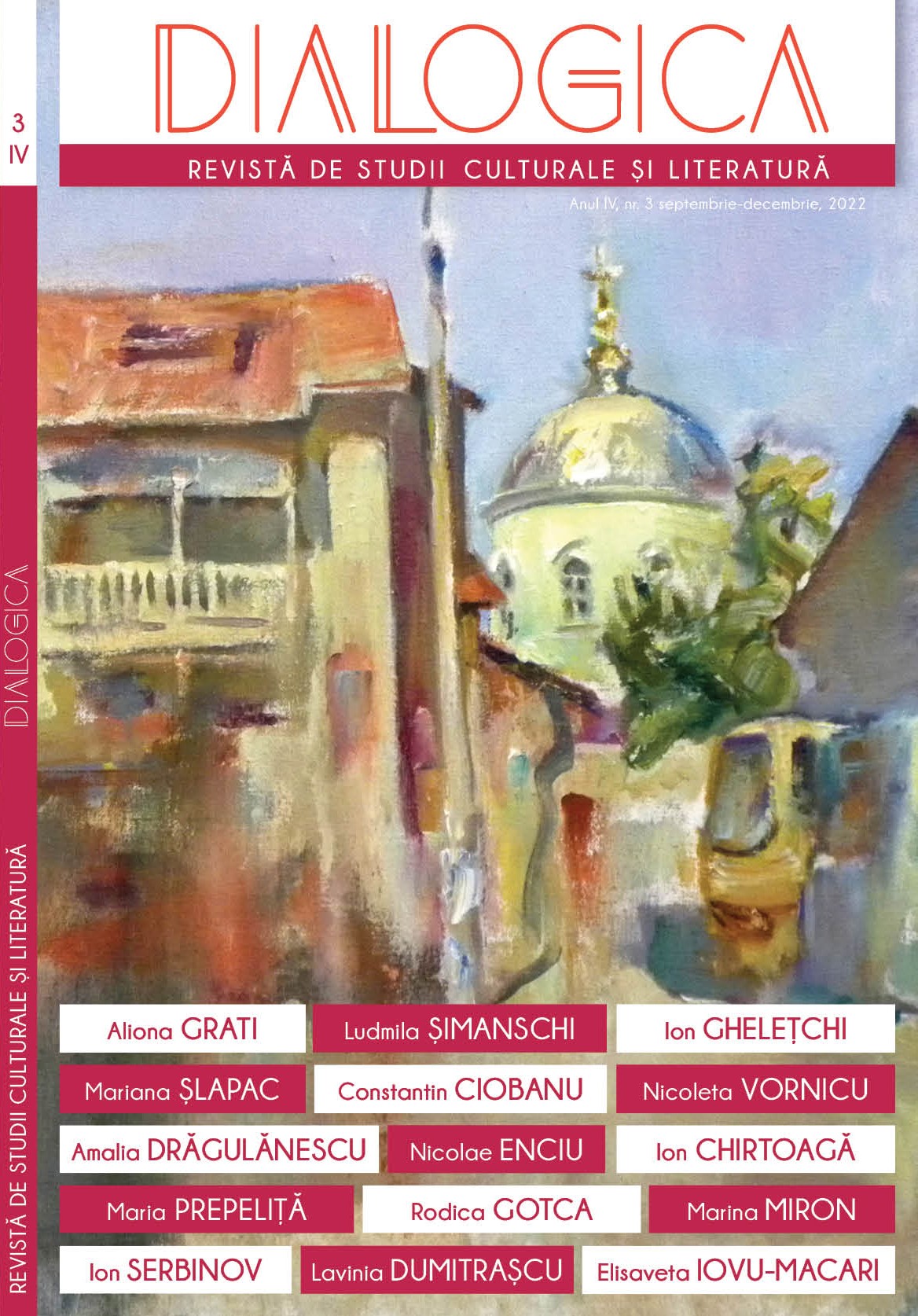Aportul lui Francisco Corbetta la evoluția chitarei baroce
Francisco Corbetta’s contribution to the evolution of the Baroque guitar
Author(s): Mihail AgafițaSubject(s): Fine Arts / Performing Arts, Cultural history, Music, 17th Century
Published by: ArtPoligraf SRL
Keywords: five string guitar; baroque; Francesco Corbetta; chitarra battente;
Summary/Abstract: In Italy from the Baroque period, the guitar became one of the most frequently used musical instruments, being fully integrated into the social and cultural context – carnival, pastoral or masquerade. Here appears a plea of musicians – performers and composers, who have significantly contributed to the evolution of the guitar in the European space. The purpose of this article is to determine the role of guitarist, teacher and composer of the 17th century of Italian origin Francesco Corbetta who had an important role in the spread of the five-string guitar in various European countries – France, England, the Netherlands. In addition to the prodigious pedagogical and interpretative activity carried out in the court of the King of England, Charles II, or the King of France, Louis XIV, F. Corbetta elaborated the guitar manuals published in different European cities: De gli scherzi armonici (1639, Bologna); Varii capricii per la ghittara spagnuola (1643, Milano); Varii scherzi di sonate (1648, Brussels), La guitarre royale (1671, Paris). F. Corbetta was the inventor of a distinctive style based on combining the chords writing with the melodic one, thereby contributing to the affirmation of the homophonic-harmonic style in European music, placing at the center of his repertoire the suite of court dances of different origins: allemande, courante, gigue, ciaccona, passacaglia and others.
Journal: DIALOGICA Revistă de studii culturale și literatură
- Issue Year: IV/2022
- Issue No: 3
- Page Range: 57-62
- Page Count: 6
- Language: Romanian

